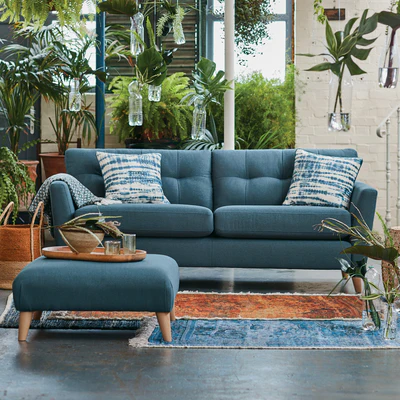The world of interior design offers a fascinating blend of creativity and business acumen. The profit potential is significant, especially for those who can navigate the industry’s complexities. Success often hinges on location, niche specialization, market demand, and personal branding. For aspiring designers eager to maximize their earnings, there are practical strategies to enhance profitability. Building strong client relationships, leveraging social media for marketing, and continually updating skills can make a considerable difference.
Real-life success stories abound within this field. Many designers have transformed their passion into lucrative enterprises by embracing unique styles or offering specialized services that stand out in a crowded marketplace. Alternatives exist for those drawn to interior design but seeking different pathways, such as staging homes or working in product development, allowing creative minds to flourish outside traditional roles.
Interior design is an engaging career option with the potential for substantial financial rewards. It requires dedication and adaptability but can be incredibly creatively and economically fulfilling.
The Potential for Profit in Interior Design

The world of interior design holds significant profit potential. Clients are willing to invest in creating beautiful, functional spaces that reflect their personalities and lifestyles. This demand creates opportunities for designers to establish lucrative businesses.
High-end residential projects often come with substantial budgets. Designers can charge premium rates when they showcase unique styles or cater to specific niches. Commercial projects also offer a wealth of financial rewards, especially in sectors like hospitality and retail.
The rise of online platforms allows designers to reach broader audiences. E-design services have enabled professionals to work remotely while expanding their client base globally.
Networking plays a crucial role as well. Building relationships with contractors, suppliers, and real estate agents can lead to referrals and partnerships that significantly enhance profitability. With creativity and strategic business acumen, interior design can be fulfilling and financially rewarding.
Factors that Affect Profitability in Interior Design
Several factors influence the profitability of an interior design business. First, market demand plays a crucial role. When home sales rise, so does the need for designers to create inviting spaces.
Your location can significantly impact earnings. Urban areas typically offer higher budgets than rural settings due to increased competition and greater disposable income.
Your specialization also matters. Focusing on niches like sustainable design or commercial projects can set you apart and attract specific clientele willing to pay more.
Building strong relationships with vendors is another key element. Good partnerships lead to better pricing on materials, which can enhance profit margins.
Effective marketing strategies must be noticed. A well-crafted online presence boosts visibility and attracts clients who appreciate quality work at a fair price.
Tips for Increasing Profit in the Industry

Building a strong brand is essential. Focus on creating an identity that resonates with your target audience. This helps in attracting clients who appreciate your style. Attend industry events and engage with fellow designers, suppliers, and potential clients. It is possible to collaborate and receive referrals through building relationships.
Consider diversifying services. Offering consultation, staging, or online design packages expands your reach and revenue streams. Utilize social media effectively. Showcase your projects through engaging visuals on Instagram or Pinterest to attract followers and potential customers.
Investing in continuing education keeps you updated on trends and techniques. Clients prefer designers who are knowledgeable about the latest innovations in the field. Streamline operations for efficiency. Use project management software to keep track of timelines and budgets while maintaining quality service for each client’s needs.
Real-life Success Stories of Profitable Interior Designers
One inspiring story is that of Kelly Wearstler, who transformed her passion for design into a global brand. Starting with small residential projects, she quickly climbed the ranks to work on high-profile hotels and restaurants, showcasing her distinctive style.
Another notable designer is Nate Berkus. He gained fame through his television appearances and has built an empire around home décor products. His approachable designs resonate with many, making him a household name while significantly boosting his profitability.
Then there’s Emily Henderson, known for her fresh take on interior styling. She began as a stylist for TV shows but later leveraged social media to showcase her expertise. Her blog led to collaborations with major brands and expanded her reach beyond traditional interiors.
These designers demonstrate how creativity can lead to substantial financial success when paired with strategic marketing efforts and unique personal branding.
Alternative Career Paths for Those Interested in Interior Design

Several rewarding paths exist for those captivated by interior design but seeking different avenues. Consider becoming a set designer for film or theater. This role allows you to create immersive environments that enhance storytelling and engage audiences.
Another option is working as a product designer focused on furniture or home accessories. Here, you can blend functionality with aesthetics while contributing to the retail market. If teaching sparks your interest, consider becoming an educator in design schools. Sharing your knowledge and passion can inspire future generations of designers.
Staging real estate is something you should explore. This involves preparing homes for sale to attract buyers through appealing visual arrangements and decor, essentially marrying design principles with marketing strategies. These alternatives showcase how diverse the world of interior design truly is, allowing creativity to flourish in various contexts beyond traditional roles.




